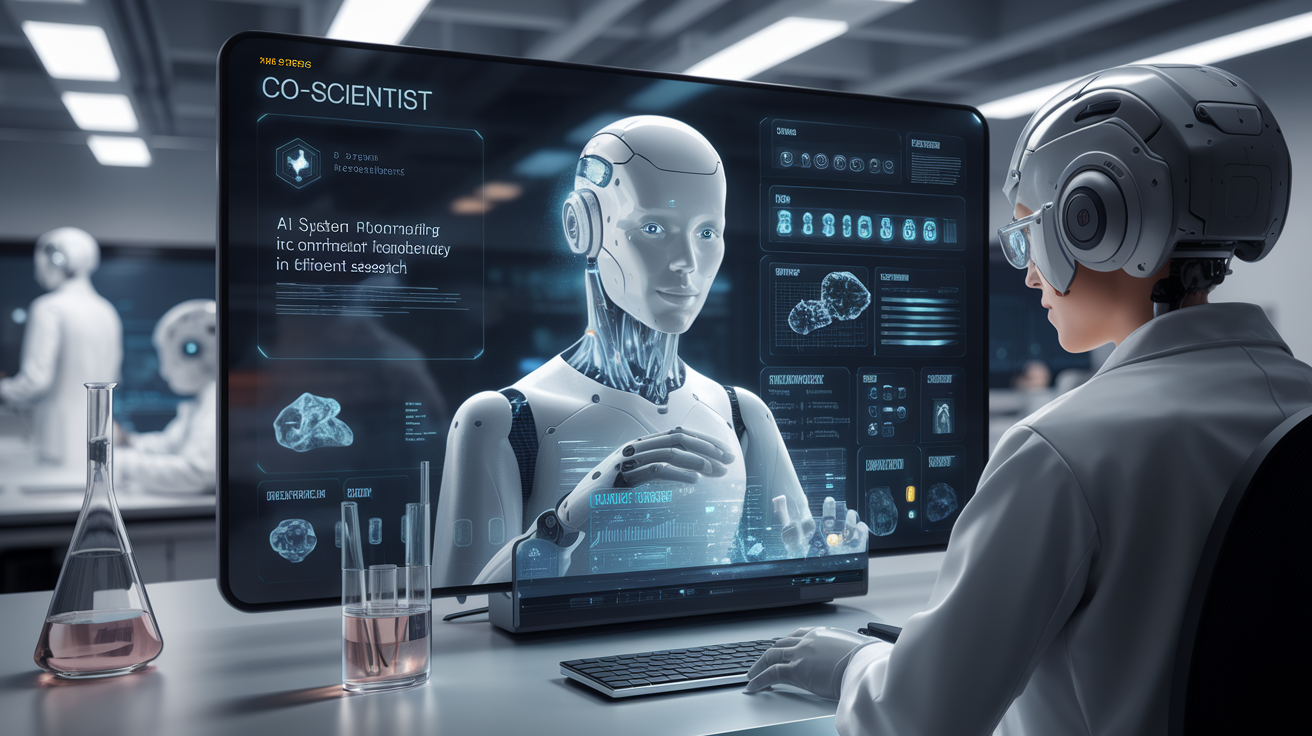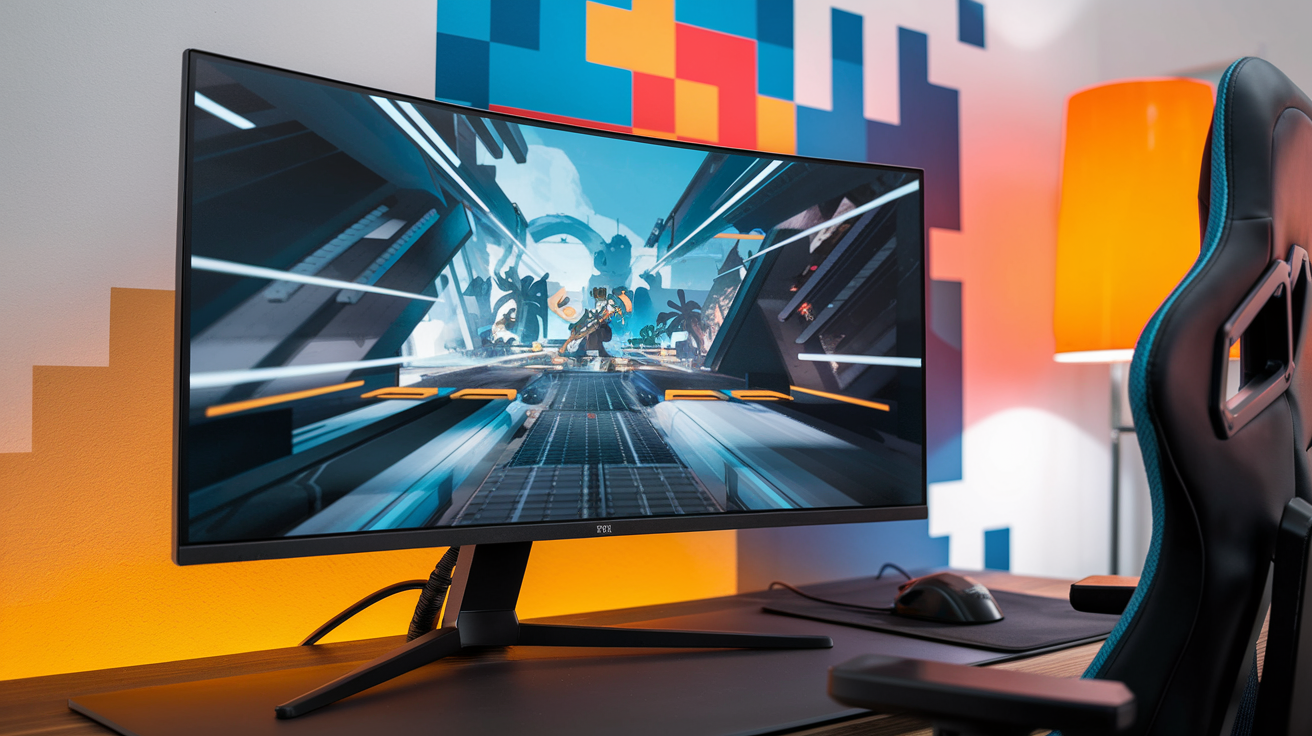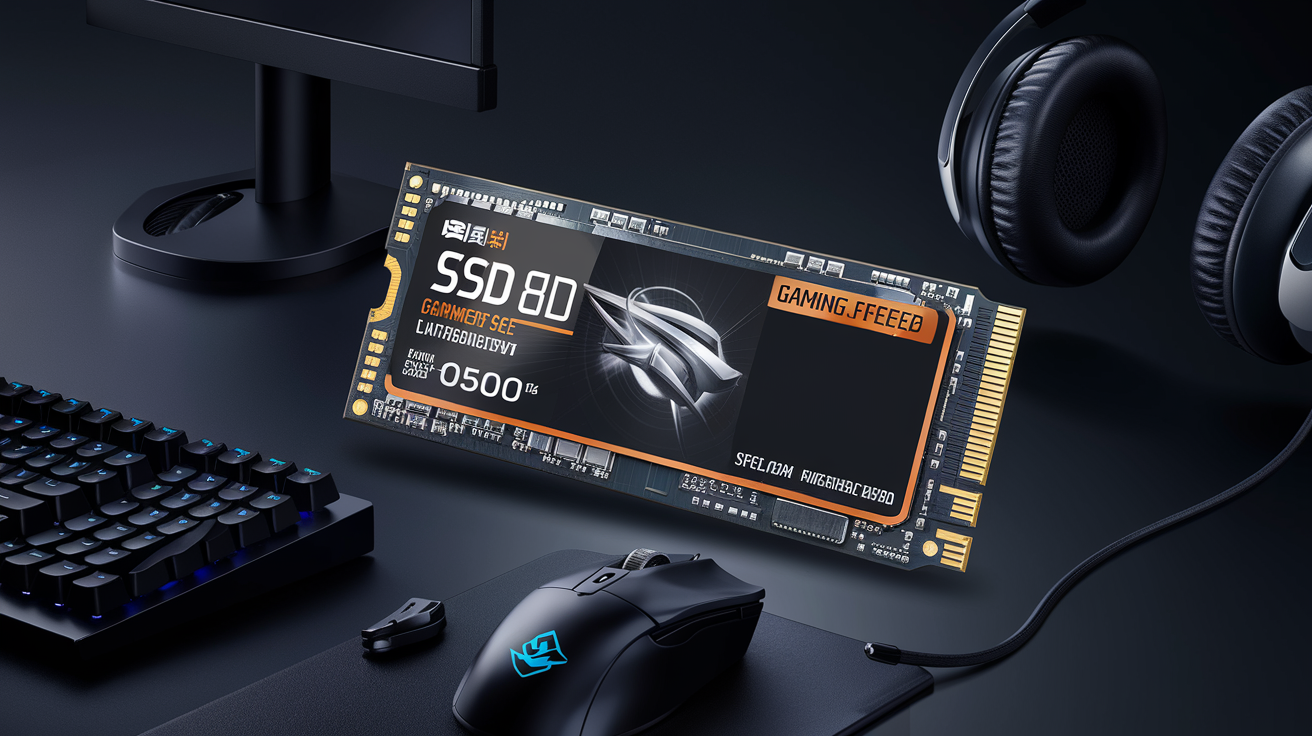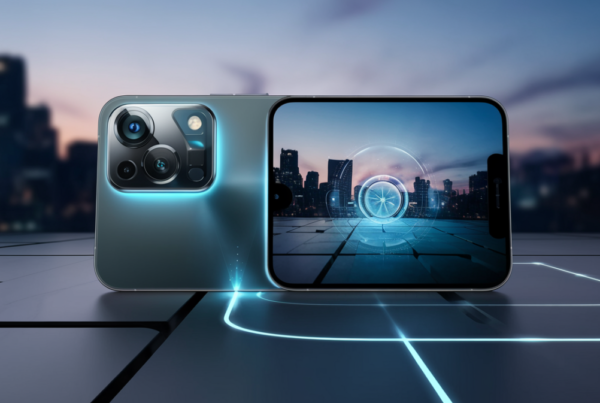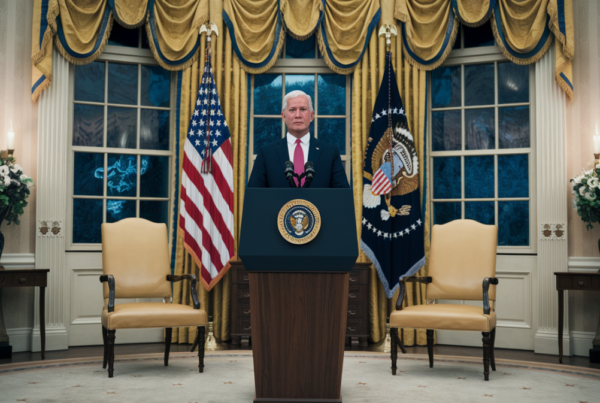Google’s AI ‘Co-Scientist’ Just Solved a 10-Year-Old Medical Puzzle in 48 Hours
Ever wondered how long it takes to crack a decade-old medical mystery? For Google’s AI ‘Co-Scientist’, it was just 48 hours. This isn’t sci-fi; it’s happening now.
What’s the Buzz About Google’s AI ‘Co-Scientist’?
Google has rolled out an AI tool dubbed ‘Co-Scientist’. It’s designed to be a virtual lab partner for biomedical researchers. This AI doesn’t just crunch numbers; it reads vast amounts of scientific literature, spots gaps, and even suggests new research ideas. Think of it as a supercharged research assistant that never sleeps.
The Superbug Mystery: A Decade-Long Head-Scratcher
Scientists at Imperial College London had been wrestling with a tough question: How do certain bacteria become resistant to antibiotics? This isn’t just academic curiosity; antibiotic resistance is a global health crisis. Despite years of work, the answer remained elusive.
Enter the AI: 48 Hours to Breakthrough
When the team fed their research problem into Google’s AI ‘Co-Scientist’, something remarkable happened. In just two days, the AI proposed the same hypothesis that had taken human researchers years to develop. Even more impressive, it suggested four additional hypotheses, one of which the team hadn’t considered and is now actively exploring.
How Does ‘Co-Scientist’ Work?
At its core, ‘Co-Scientist’ is built on Google’s Gemini 2.0 AI system. Researchers input their goals in plain language, and the AI gets to work. It sifts through existing data, generates hypotheses, and even outlines experimental protocols. It’s like having a brainstorming session with a colleague who has read every scientific paper ever published.
Real-World Applications: Beyond the Superbug
The AI’s capabilities aren’t limited to antibiotic resistance. In tests with Stanford University, it identified existing drugs that could be repurposed to treat liver fibrosis. The AI’s suggestions showed promising activity in inhibiting disease causes, potentially speeding up the development of new treatments.
The Human-AI Collaboration: Enhancing, Not Replacing
There’s a common fear that AI might replace human jobs. However, researchers involved with ‘Co-Scientist’ see it differently. They view the AI as a tool to augment and accelerate their work, not replace it. It’s about enhancing human capability, not diminishing it.
Ethical Considerations: Navigating New Terrain
With great power comes great responsibility. The use of AI in scientific research raises ethical questions. How do we ensure the AI’s suggestions are unbiased? What safeguards are in place to prevent misuse? These are questions that researchers and ethicists are actively discussing as AI becomes more integrated into the scientific process.
The Future of Research: A New Era
The success of ‘Co-Scientist’ signals a shift in how research might be conducted in the future. By leveraging AI, scientists can potentially shorten the time from hypothesis to discovery, leading to faster innovations and solutions to pressing global challenges.
Conclusion
Google’s AI ‘Co-Scientist’ just solved a 10-year-old medical puzzle in 48 hours. This isn’t just a win for AI; it’s a win for humanity. As we stand on the brink of this new era, one thing is clear: the collaboration between human ingenuity and artificial intelligence holds immense promise for the future of scientific discovery.

